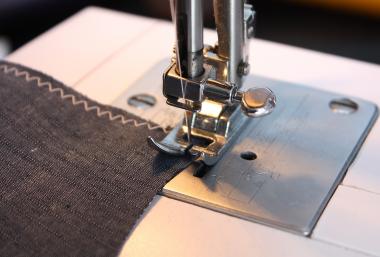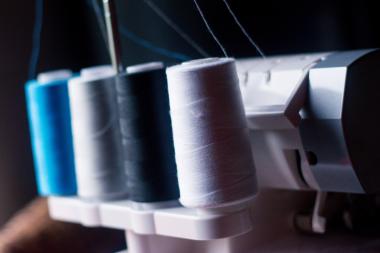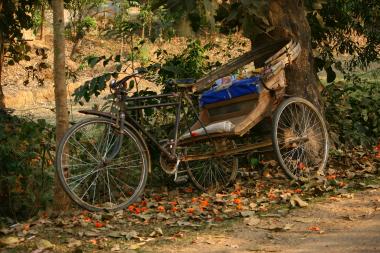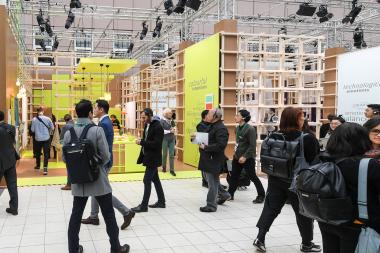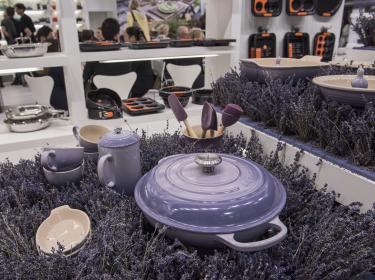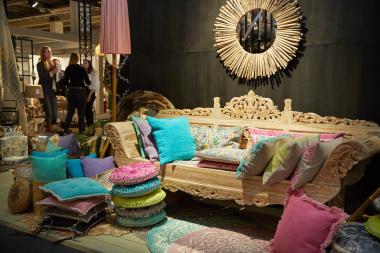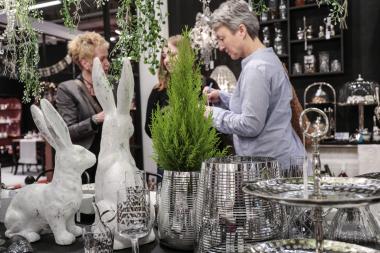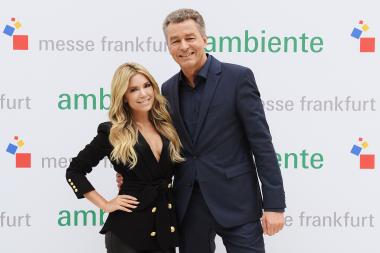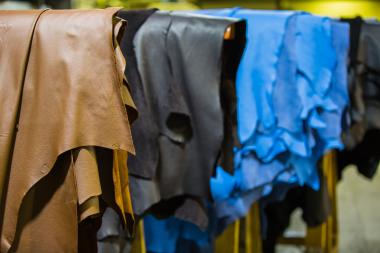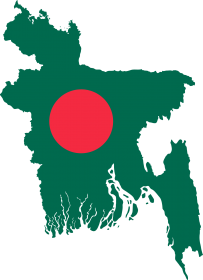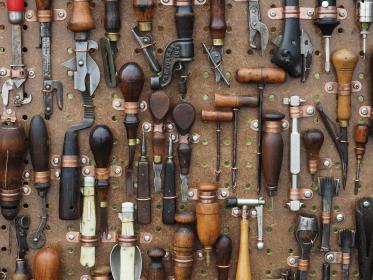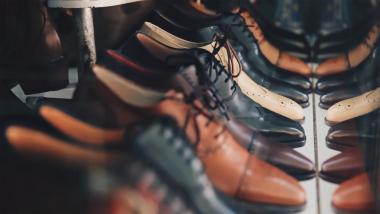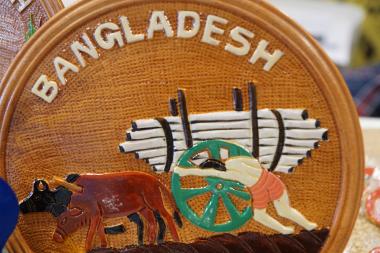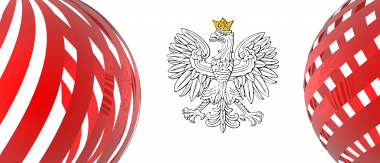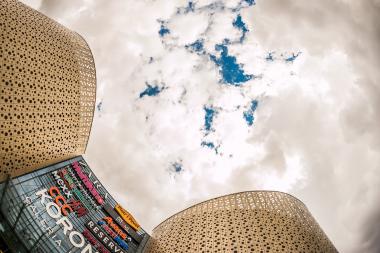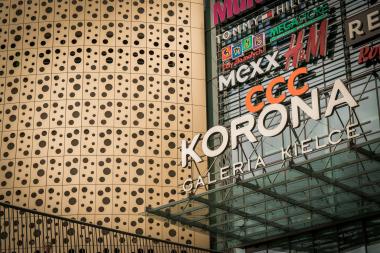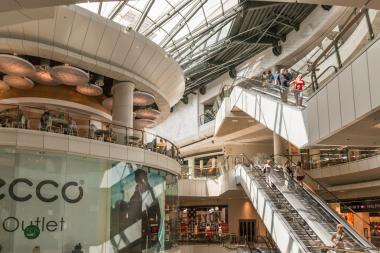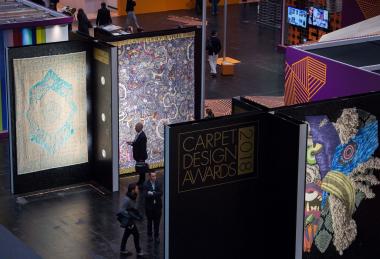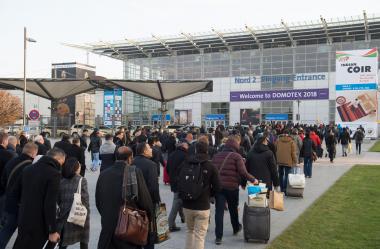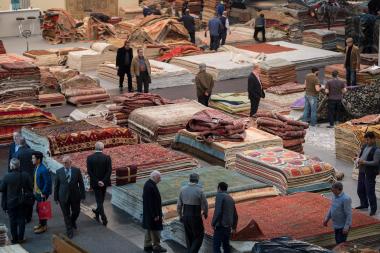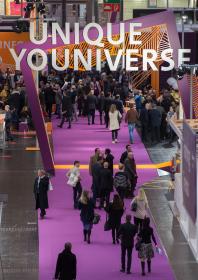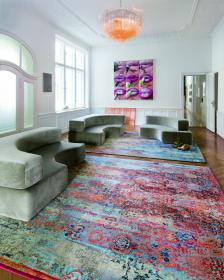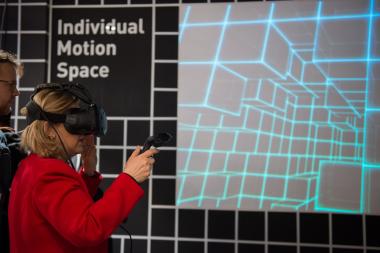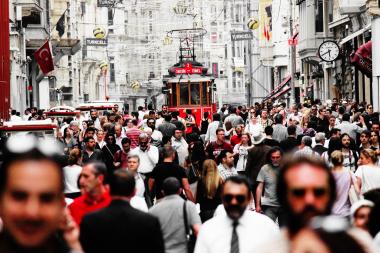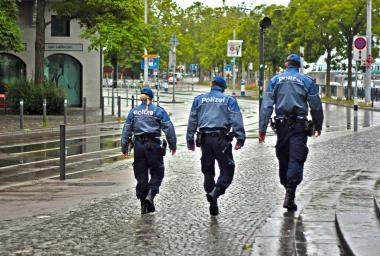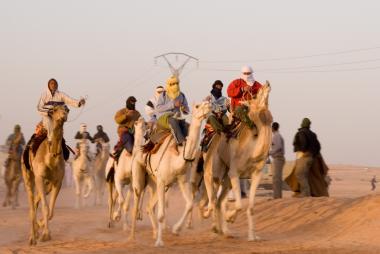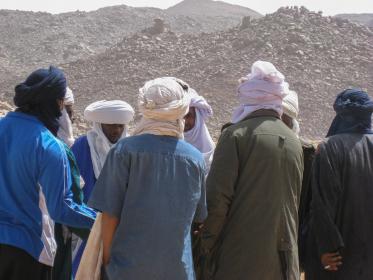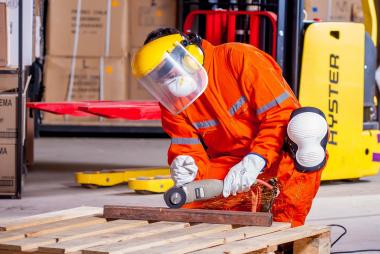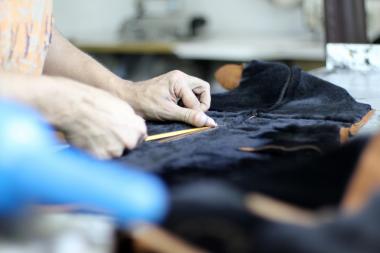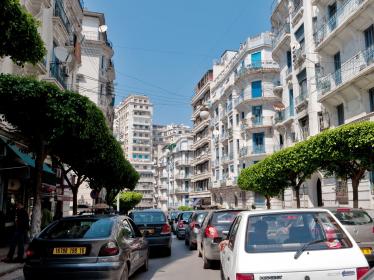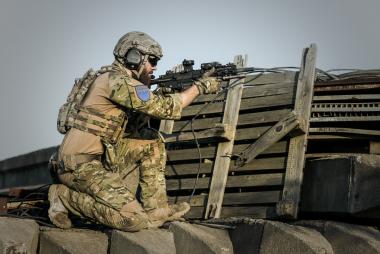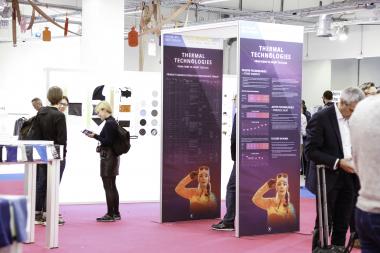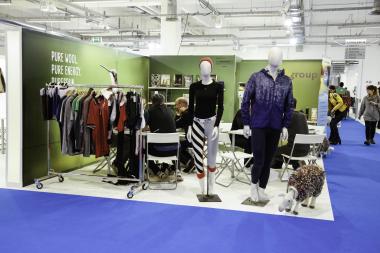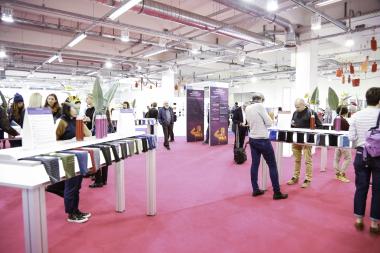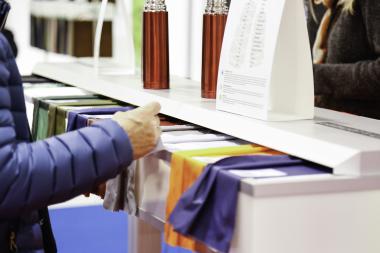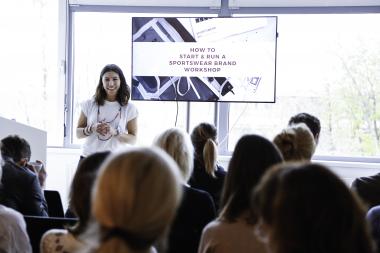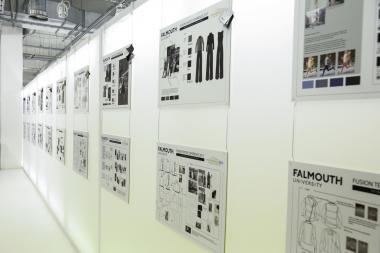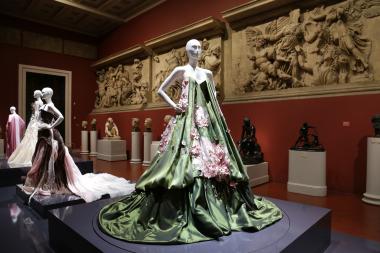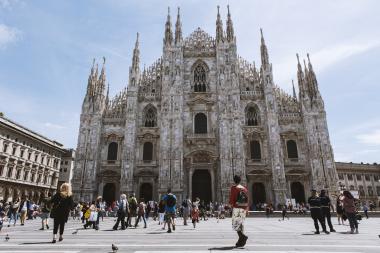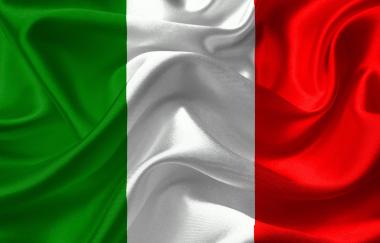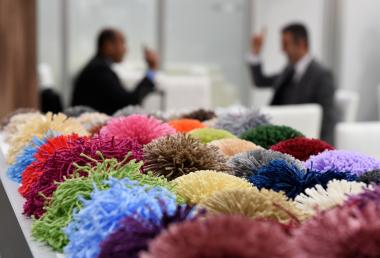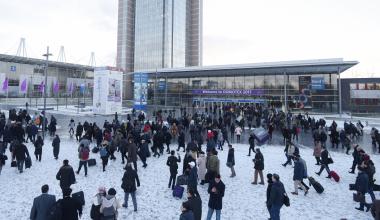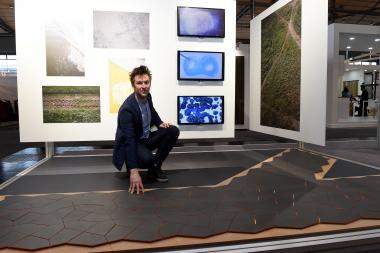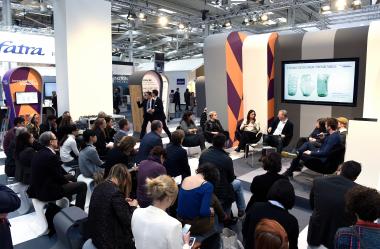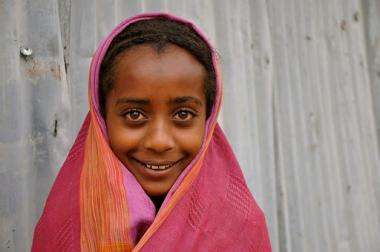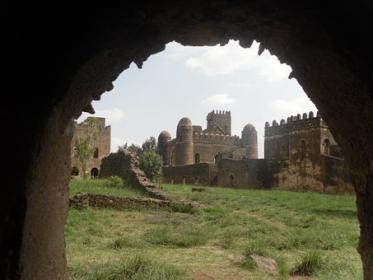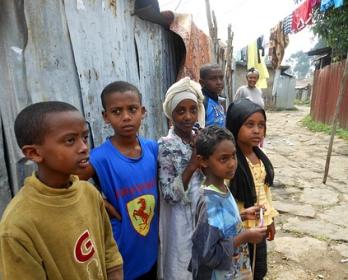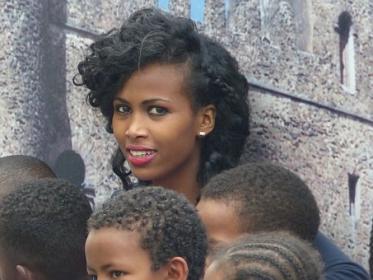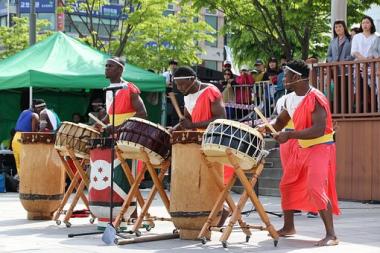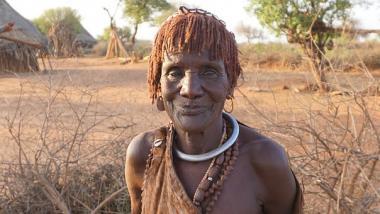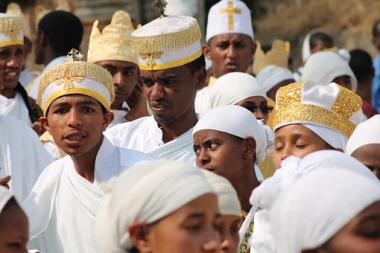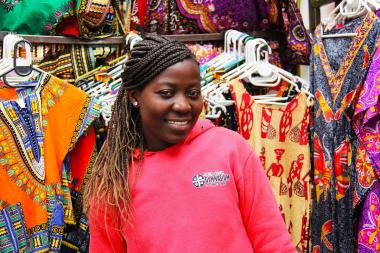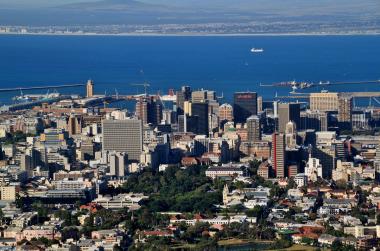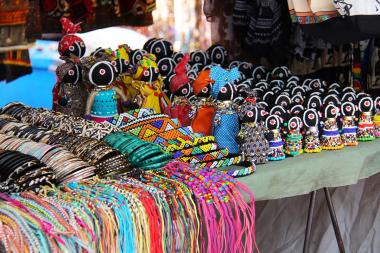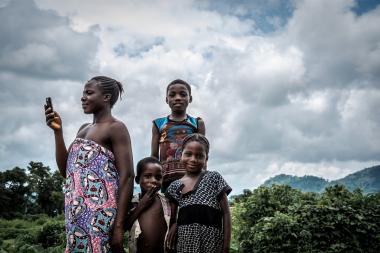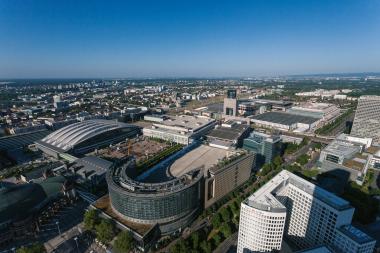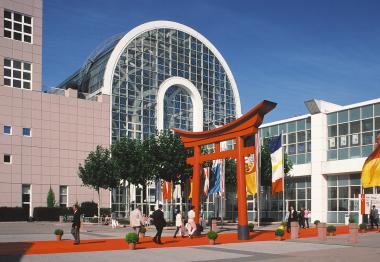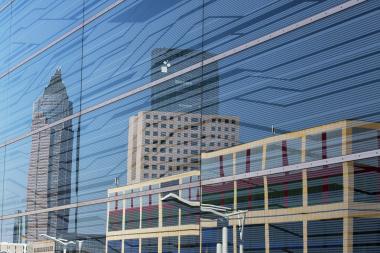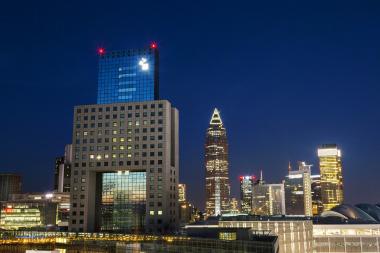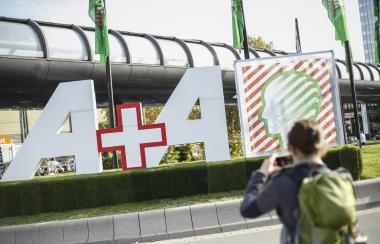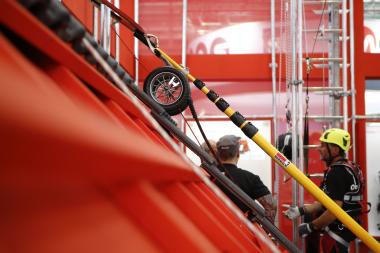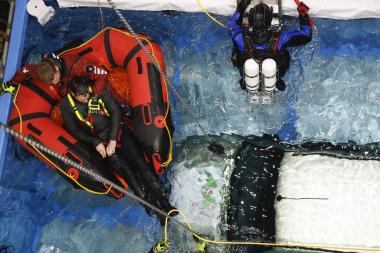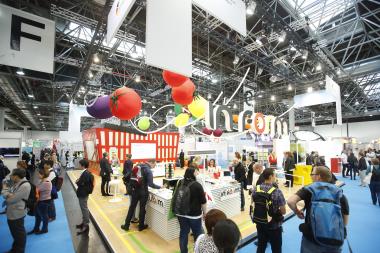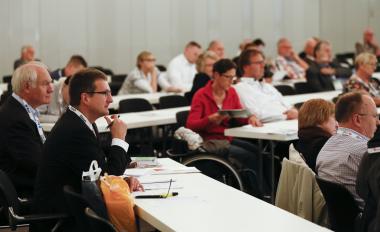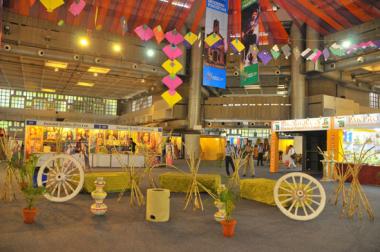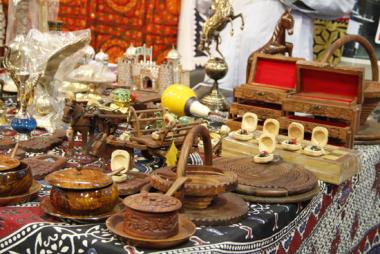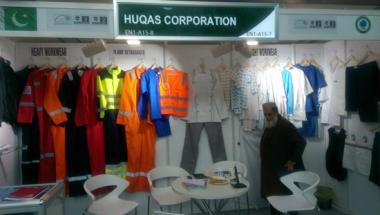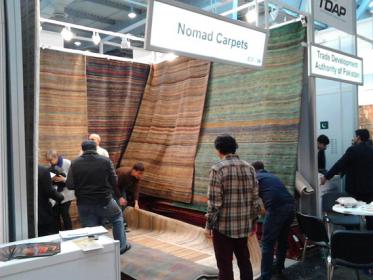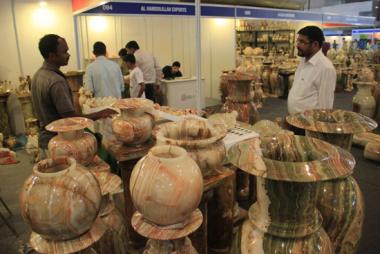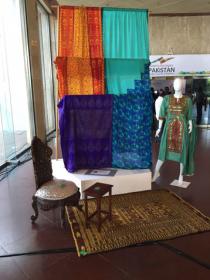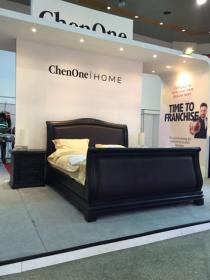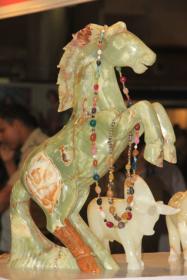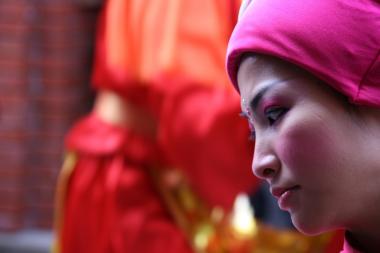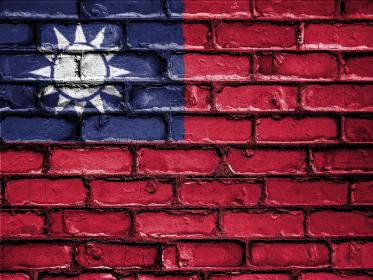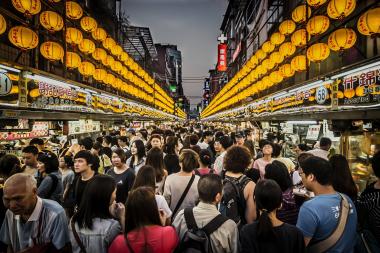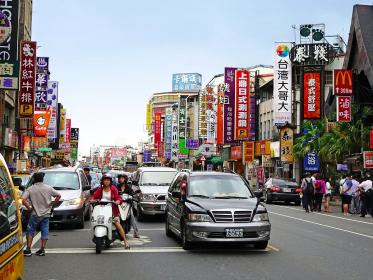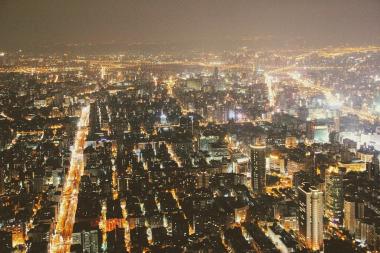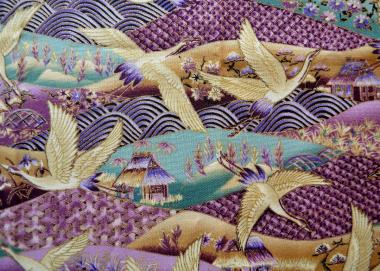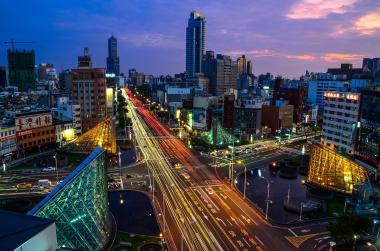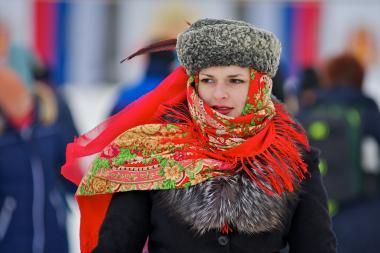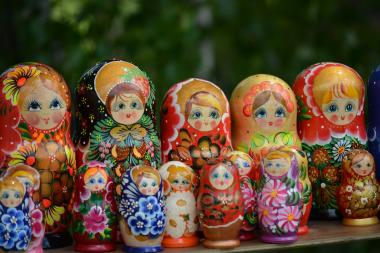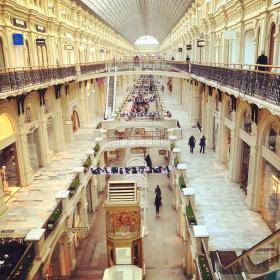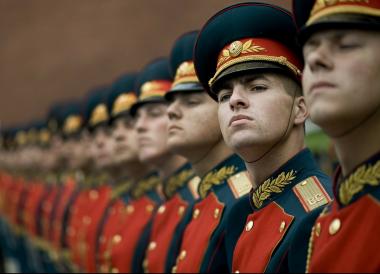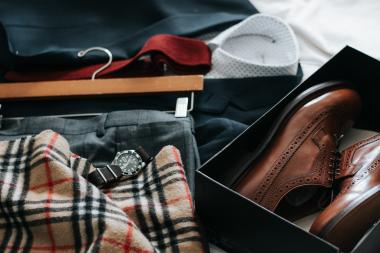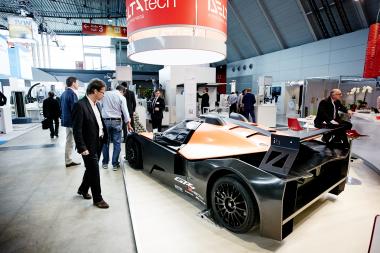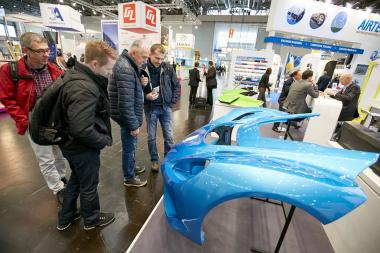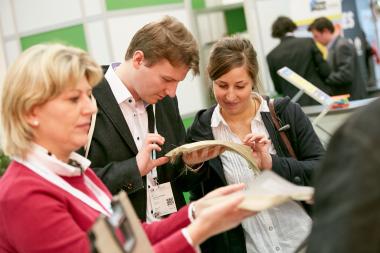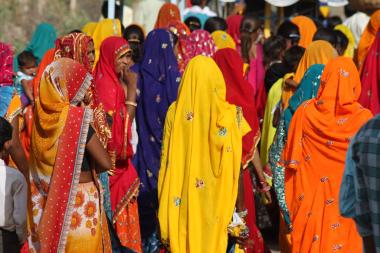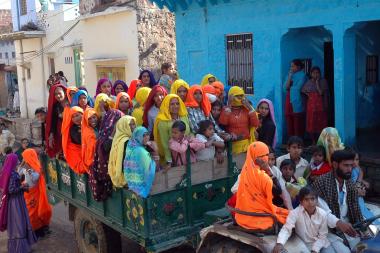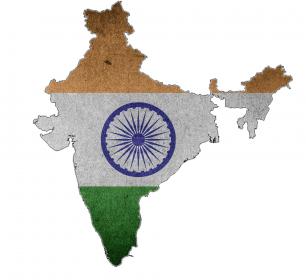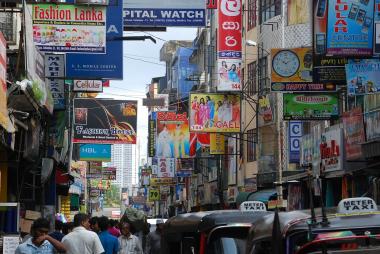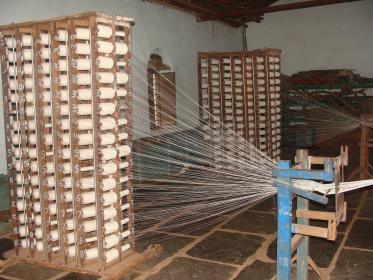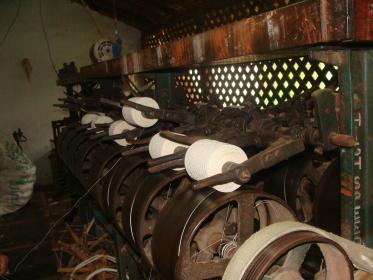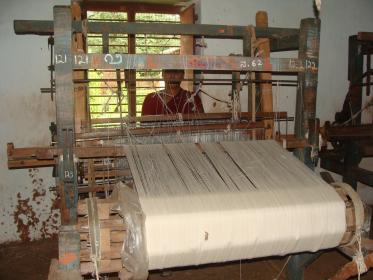CONVERSION OF THE CLOTHING INDUSTRY IN BANGLADESH NOT YET COMPLETED
- Eports grow slowly
- Industry needs new concepts
Dhaka (GTAI) - The garment industry is the main industry in Bangladesh. The state of the companies has improved since 2013 - when a building with several factories collapsed. Domestic and foreign companies have invested in new processes. Government and associations want to further increase the security. Exports are growing slower. The international competition forces the companies to produce not only more sustainable, but also more efficient and innovative.
On April 24th 2013, north of the Bangladeshi capital Dhaka, the Rana Plaza building collapsed, housing five clothing factories. The disaster claimed 1,138 lives and more injuries. The disaster in-cised deep into the country's largest industrial sector. The massive problems with building and safety as well as violations of workers' rights became internationally visible at once and then vigor-ously tackled.
Foreign companies have invested heavily in the textile and clothing industry in recent years, with a record high in the year after the disaster. According to the Central Bank, foreign direct investment (FDI) in the textile and clothing industry in June 2017 reached a respectable USD 2.6 billion. Com-panies from South Korea have been the largest contributors with USD 766 million, followed by Hong Kong investors with USD 448 million and the United Kingdom with USD 243 million
| Financial year | 2011/12 | 2012/13 | 2013/14 | 2014/15 | 2015/16 | 2016/17 |
| FDI inflows, net | 241 | 412 | 446 | 352 | 396 | 360 |
*) Financial year from July 1st to June 30th
Several successful programs for more security
Government and international organizations responded with many measures and initiatives at Rana Plaza. The International Labor Organization (ILO) launched programs to improve work-ing conditions. Buyers and industry representatives were looking for solutions.
International traders, trade unions and non-governmental organi-zations finally signed a binding agreement for more fire and building safety in 2013 (Accord on Fire and Building Safety). Employees of Accord have since reviewed more than 1,600 tex-tile and garment factories. Approximately 86 percent of the iden-tified deficiencies were eliminated according to an interim report dated January 2018. Accord will expire in November 2018 after five years. Some participants of the alliance have agreed an ex-tension of the program of three years.
In particular North American importers launched the Alliance (Al-liance for Bangladesh Worker Safety) program in 2013. The Al-liance has since reviewed 666 factories that, as of February 2018, have remedied approximately 87 percent of the deficien-cies. The program will expire also after five years in May 2018.
Representatives of industry and government, trade unions, ILO, the Bangladesh Garment Manufacturers and Exporters Association (BGMEA) and international buyers want to co-ordinate the control and rehabilitation measures together. The BGMEA and the government rely on the NI National Initiative, which they developed together with ILO. The Department of Inspection of Factories and Establishments is responsible for NI controls. Under the NI program 1,500 factories have been inspected which are working for do-mestic customers. The program is to be extended to exporting companies and will replace Accord and Alliance.
Workers demand more rights and higher wages
The government made it easier to found and to engage in trade unions after the Rana Plaza disas-ter. According to observers, the approximately 4 million workers in the textile and clothing industry continue to have little formal organization and went repeatedly on strike for higher wages.
A government commission recently increased the monthly minimum wage in the garment industry from Taka 3,000 to 5,300 in 2013. This amount corresponds currently with EUR 52 only. (1 EU-RO = Taka 102.13, exchange rate of March 5th 2018). Trade unions demanded tripling of the minimum wage at the beginning of 2018, because unskilled workers are given this low pay when they are first employed, which is barely enough to survive. The reward grows only later with the skills and experience.
Employees often change their jobs. According to observers, the fluctuation should average be-tween 5 and 7 percent per month. Fair wages and good working conditions would give a good in-fluence on this issue in the companies concerned.
Bangladesh is the second largest exporter of clothing after China
The globally active clothing retailers are buying in Bangladesh on a large scale. Some have offices with hundreds of employees. Major clients include Inditex (Spain), H & M (Sweden), C & A and Tchibo (Germany).
Clothing exports, however, stagnated in the financial year 2016/17. One reason for the weak growth was the strengthened exchange rate. Taka's national currency increased against the US dollar, making exports more expensive and less competitive.
The government is targeting an export growth of 8.1 percent to USD 30.2 billion in 2017/18. The industry is on track indeed, reaching 7.8 percent in the second half of 2017 compared to the same period of the year before. The most important customers are the USA and Germany.
| Bangladesh's Apparel Exports (in USD million) | 2014/15 *) | 2015/16 *) | 2016/17 *) |
| Total | 25,491 | 28,094 | 28,150 |
| Thereof | |||
| .Weaving goods | 13,065 | 14,739 | 14,393 |
| .Knitting goods | 12,427 | 13,355 | 13,757 |
| Customers | |||
| .USA | 5,288 | 5,625 | 5,204 |
| .Germany | 4,339 | 4,653 | 5,135 |
| .Great Britain | 2,904 | 3,524 | 3,307 |
| .Spain | 1,626 | 1,864 | 1,879 |
| .France | 1,618 | 1,714 | 1,765 |
| .Italy | 1,243 | 1,278 | 1,349 |
| .Canada | 929 | 998 | 946 |
| .Netherlands | 627 | 660 | 814 |
| .Belgium | 772 | 835 | 753 |
| .Japan | 653 | 774 | 744 |
| Poland | 548 | 616 | 720 |
*) Financial year from July 1st to June 30th
Sources: Export Promotion Bureau, Bangladesh Garment Manufacturers and Exporters Association
Exports from this emerging country enjoy exemption from duty in many developed countries. The European Union grants duty-free and quota-free access. Australia and Japan grant preferential access to the Generalized Scheme of Preferences (GSP). , The USA however has suspended the GSP status in 2013 and imposed tariffs and duties on imports from Bangladesh.
Companies want to grow and become more efficient
The Association of Garment Export Companies BGMEA estimates that over 3,000 garment factories work exclusively for international clients. Another 800 to 1,000 companies sew for local retailers who sell clothing to the country's 160 million inhabitants.
There are no data on company sizes or on the companies with the highest turnover. Clothing companies are mostly registered as private companies and do not publish business figures. The larger ones belong to local conglomerates operating in different economic sectors.
The companies are investing in more modern production facilities to process larger orders faster and at lower unit costs. Imports of machinery and equipment for the textile and clothing industry totaled USD 1.4 billion in 2015. The BGMEA believes that the garment industry has increased its purchases of equipment since.
The added value along the local textile chain is expandable. Simple fabrics and materials are produced locally. The production capacities for fabrics however are not sufficient and need to be increased. The clothing industry is also switching to higher quality synthetic fiber products. Producers hope for higher margins, if, for example, they produce clothing made of elastic fibers or functional clothing made from mixed fibers.
Many pre-products are imported from China and South Korea. Imports however are difficult due to the limited handling capacities of seaports and airports. Logistics costs are high. The clothing sector still has some challenges to overcome.
|
Bangladesh Garment Manufacturers and Exporters Association |
http://www.bgmea.com.bd Vereinigung der Bekleidungsexportfirmen |
| Bangladesh Textile Mills Association | http://www.btmadhaka.com |
| Accord on Fire and Building Safety in Bangladesh | http://bangladeshaccord.org |
| Alliance for Bangladesh Worker Safety | http://www.bangladeshworkersafety.org |
Thomas Hundt, Germany Trade & Invest www.gtai.de



